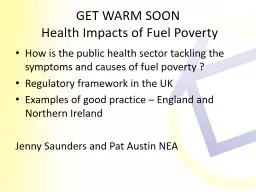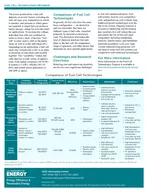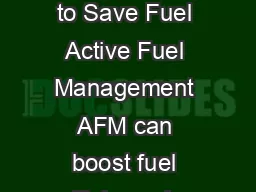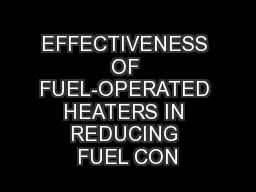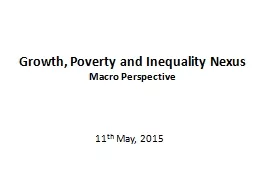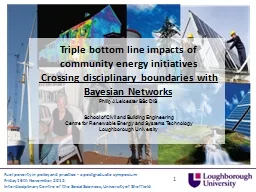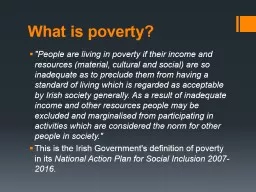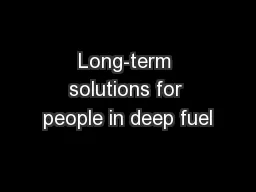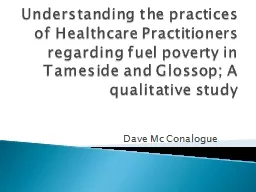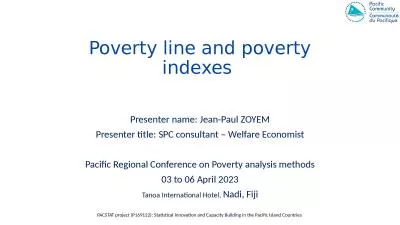PPT-GET WARM SOON Health Impacts of Fuel Poverty
Author : min-jolicoeur | Published Date : 2018-10-31
How is the public health sector tackling the symptoms and causes of fuel poverty R egulatory framework in the UK Examples of good practice England and Northern
Presentation Embed Code
Download Presentation
Download Presentation The PPT/PDF document "GET WARM SOON Health Impacts of Fuel Po..." is the property of its rightful owner. Permission is granted to download and print the materials on this website for personal, non-commercial use only, and to display it on your personal computer provided you do not modify the materials and that you retain all copyright notices contained in the materials. By downloading content from our website, you accept the terms of this agreement.
GET WARM SOON Health Impacts of Fuel Poverty: Transcript
Download Rules Of Document
"GET WARM SOON Health Impacts of Fuel Poverty"The content belongs to its owner. You may download and print it for personal use, without modification, and keep all copyright notices. By downloading, you agree to these terms.
Related Documents

